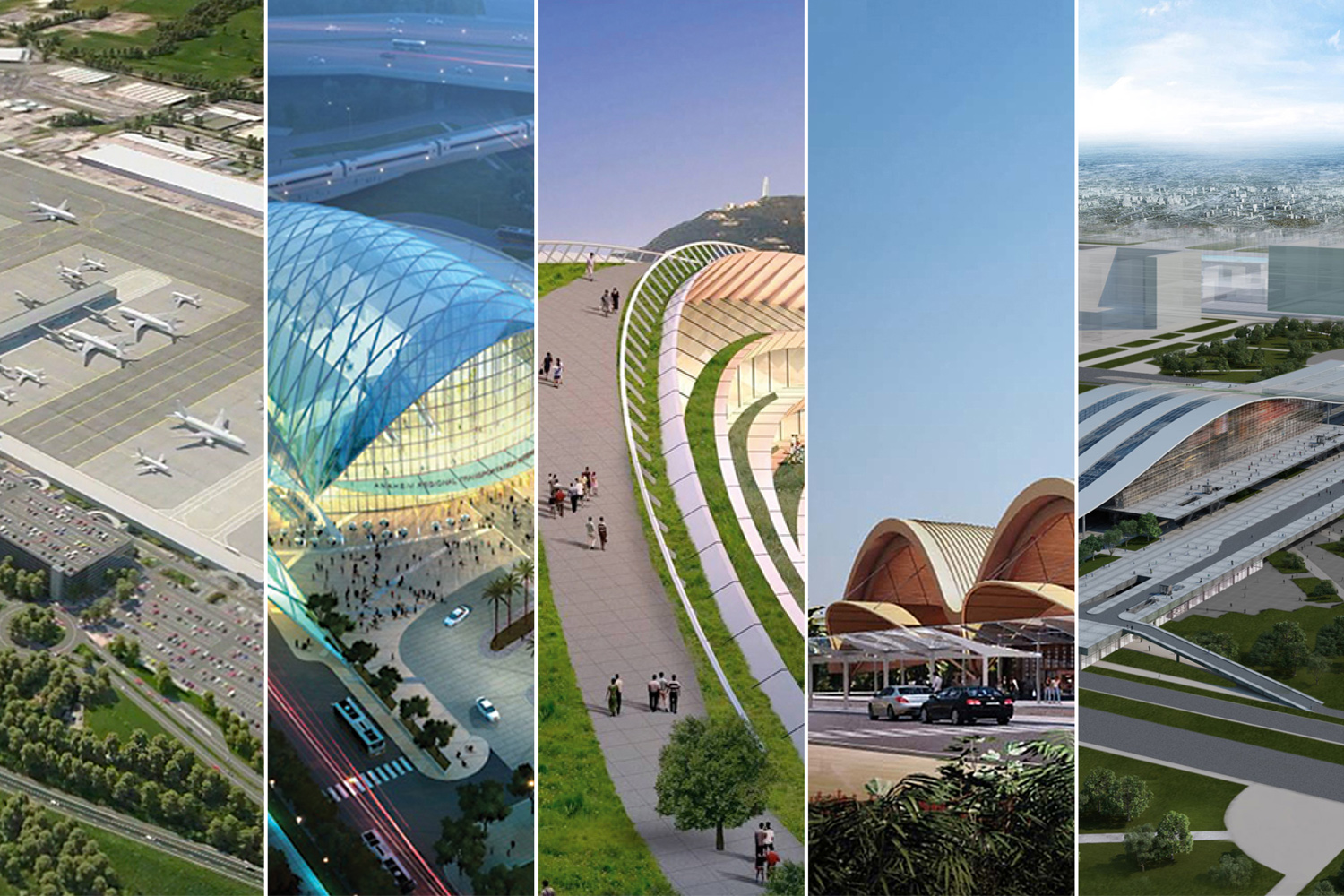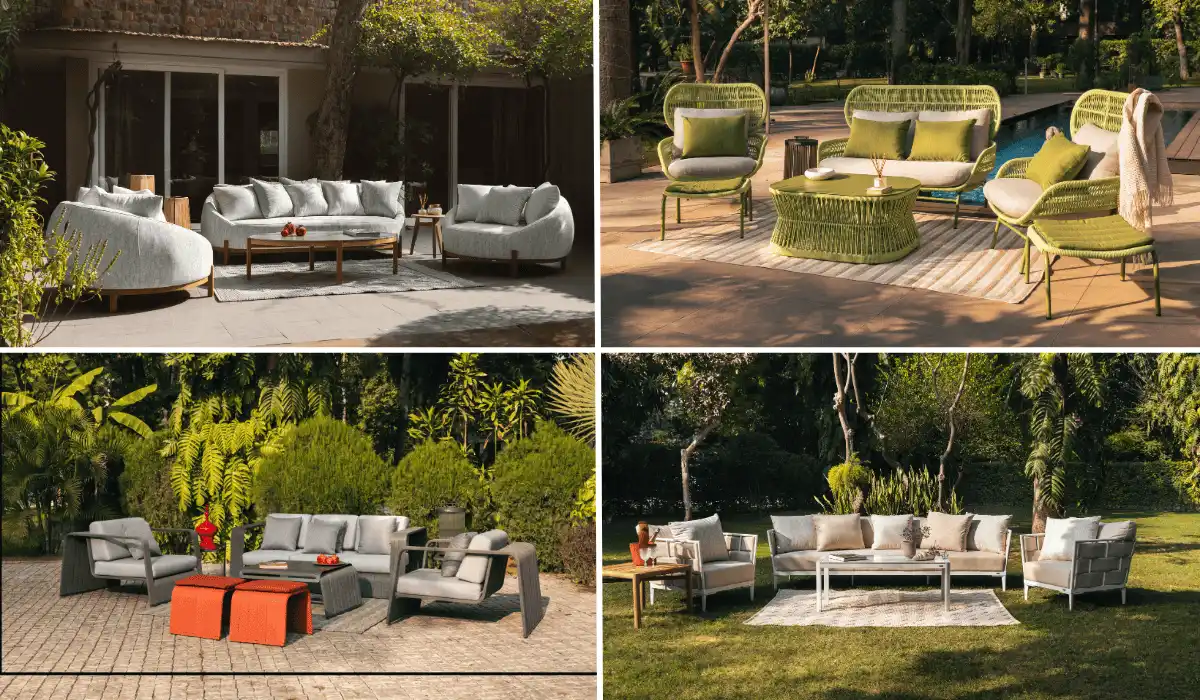Transportation is to a city what the nervous system is to the human body. It makes every element of the city function effectively by helping people to commute. As the American author Erol Ozan suggests, “You can’t understand a city without using its public transportation system”, he establishes the importance of public transport as a contributor to the city’s functioning and growth. Transport-oriented development of urban areas brings the city closer and strengthens the supply chain systems. Hence, transportation modes such as roadways, railways, waterways, and airways are integral to city planning.
But as urban sprawl expands horizontally, a more cohesive network of transportation systems is needed to maintain the functioning of the city to its optimal level. As a city grows beyond its primitive boundaries, the time, and effort invested in travelling increases. Hence, there is a need for the development of nodes that connect varying transportation systems. In this view, a multi-modal transport system has become an integral cog for man and machine mobility.
What is a Multi-Modal Transit System?

A multi-modal transit system is a network that connects multiple public transport modes by making provision for transit hubs. A transit hub is a junction where people and cargo can switch between multiple transport vehicles. This eases the transportation effort while saving time and improving the speed of movement. Transit hubs integrate transportation with allied passenger services such as ticketing, waiting areas, and canteens to assist in effective crowd management during transit. Smart metropolitan cities around the world are adopting a multi-modal transit system to develop an integrated model for mass commute.
Since a multi-modal transit system makes public transport effective, it reduces privatisation of vehicles. This helps in reducing traffic on roads along with abating air and noise pollution. The outbreak of the COVID-19 pandemic has increased personalisation of vehicles due to the need for social distancing. This has fuelled the need for a resilient and effective public transport system that people can rely on. The increasing global demand for safer, cleaner, and more organised transportation systems has made multi-modal transit systems the need of the hour.
The State of Multi-Modal Transit Systems in India

The 2011 census of India reveals that 53% of the country’s working population travel by foot. 17% of the population uses public transport for work commutes, and the remaining 13% uses private vehicles to travel to work. These numbers throw light upon the immense scope for the development of an effective multi-modal transport system in India.In recent times, the Government of India has identified the importance of a multi-modal transit system to reduce road traffic congestion by providing an efficient public transport infrastructure. To provide for this, the Indian Ministry of Housing and Urban Affairs launched the National Common Mobility Card (NCMC) in April 2019 to create an interoperable transport card.
This card enabled travellers to make payments for travel, toll taxes, retail shopping, and money withdrawal. The NCMC is powered through the RuPay mechanism and is issuable as a prepaid, debit, or credit card from partnered banks. The card was initially conceptualised as a part of the National Urban Transport Policy (NUTP) in an attempt to be the all-in-one card for transit payments across the nation.
Although the launch of the NCMC has helped in streamlining the multi-modal transport system, there is much that can be explored in the avenues of networking, information, and physical infrastructure.
Multi-Modal Transit Hubs in India
Active involvement of public transport planning experts and policymakers has led India on the path of innovating efficient transit hubs. A demographic study of travel patterns and user needs has spurred noteworthy multi-modal transit system projects within and between cities.

In December 2020, the Union Cabinet of the Government of India approved the Multi-Modal Logistics Hub & Multi-Modal Transport Hub (MMTH) in Greater Noida, Uttar Pradesh. The project is considered to be India’s gateway to attracting foreign investments in the country. As a part of the project, a state-of-the-art railway station is being proposed to be developed at Boraki in Greater Noida. To leverage the strategic location of this railway station, an Inter-State Bus Terminus (ISBT) and a Mass Rapid Transit System (MRTS) station would be planned nearby. The intersection of these three transportation services makes the project a pivotal multi-modal transport hub that will improve the transportation network in the National Capital Region (CR).
The city of Mumbai and its suburbs have grown exponentially over the past decade. To support the needs of a thriving economy and its people, the local authorities have proposed the development of a multi-modal transport hub at Thane. The project was initiated with the intent of reducing the traffic congestion at Thane railway station during peak hours in the morning and evening. The multi-modal transport hub will be jointly implemented by the Indian Railway Station Development Corporation (IRSDC) and the Thane Municipal Corporation.

The project scope involves the planning of a Station Area Traffic Improvement Scheme (SATIS) in Thane East to be modelled on the multi-modal transit hub constructed at Thane West. A 2.24 kilometres long elevated road, a basement for parking, and a dedicated lane for pedestrians will be provided for effective crowd management. Along with these, a deck area for Public Transport Management (PTM) will be constructed in Thane East. Spanning across an area of 9000 sq. m., the deck area will house a bus stop, a food court and other public utilities. The deck will provide a direct connection with the existing railway foot over bridge. Plans are being laid to construct an office building for the future expansion plans of Indian Railways.
Along with vehicular transportation, a multi-modal transit hub can accommodate amenities for walkability and cycling. Pedestrian traffic in urban areas can be channelised by the provision of cycling lanes and footpaths. Digitization can play a significant role in supporting the multi-modal transit infrastructure by way of virtual ticketing systems, payment gateways, automation, and audiovisual aids.
Sources:
- Why Multi-Modal Public Transport Is an Important Part of India’s Climate Action
- Union Cabinet approves Multi-Modal Logistics Hub & Multi-Modal Transport Hub (MMTH) at Greater Noida
- Multimodal Transit Hub project to ease congestion around Thane station, facilitate train passengers
- What multi-modal transportation does for smart cities
- What is Multimodal Transportation?
Disclaimer: The information contained herein have been compiled or arrived at, based upon information obtained in good faith from sources believed to be reliable. The opinions expressed within the content are solely the author’s and can be subject to change. The image featured in this article is only for illustration purposes. If you wish the article to be removed or edited, please send an email to editor@biltrax.com
Discover more from Biltrax Media, A Biltrax Group venture
Subscribe to get the latest posts sent to your email.






















